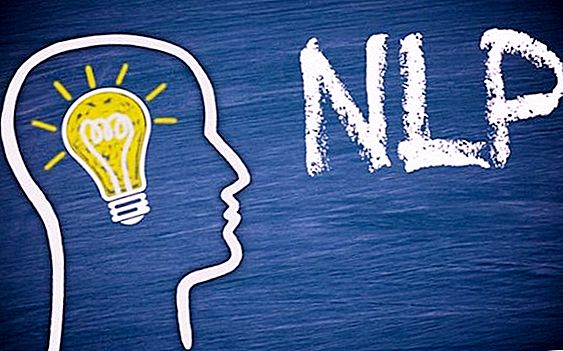The scientific community is rather skeptical of NLP. But its developers did not have a goal to create a theory that would be actively used in science. They sought to make the most effective techniques of practical psychology accessible to all people.

Neuro-linguistic programming (NLP) studies effective communication techniques, models and techniques used in various areas of psychotherapy. It uses the knowledge of psychotherapists in the field of psychoanalysis, hypnosis and gestalt psychology, as well as the experience of successful businessmen, linguists, managers, etc.
The development of NLP theory began in the 1960s in California. Richard Bandler, a student of the Faculty of Mathematics, became interested in psychology, communicating with its successful representatives. He drew attention to the fact that psychotherapeutic techniques and the experience of psychotherapists can be used outside of therapy, in everyday life. Bandler decided to develop a system of effective techniques that all people can apply. He called his approach "Copying Human Perfection."
Fate brought Richard Bandler with John Grinder. Bandler and Grinder decided to unite, observing the actions of psychotherapists, analyzing their work and interaction with clients. Using the working methods of Fritz Perls (founder of Gestalt therapy), Virginia Satyr, Milton Erickson and Gregory Bateson, they gave lectures on gestalt psychology, leaving only the most effective techniques out of all.
Studying phobias and fears, scientists have discovered that a look at a problem, its attitude to it, fundamentally changes how this problem affects a person. People with phobias behave as if the source of their fear is acting on them right now, at that moment, and those who were able to overcome fear look at it from the side. This position on the attitude to the problem was a sensational and revolutionary discovery. More and more people began to come to classes with Bandler and Grinder, including eminent scientists.
In 1979, the first publication dedicated to neuro-linguistic programming appeared: "People who read people." C. Andreas began to write down the content of classes in order to combine these techniques and techniques in one book. Currently, NLP is still developing and improving, supplemented by new copyright developments.
